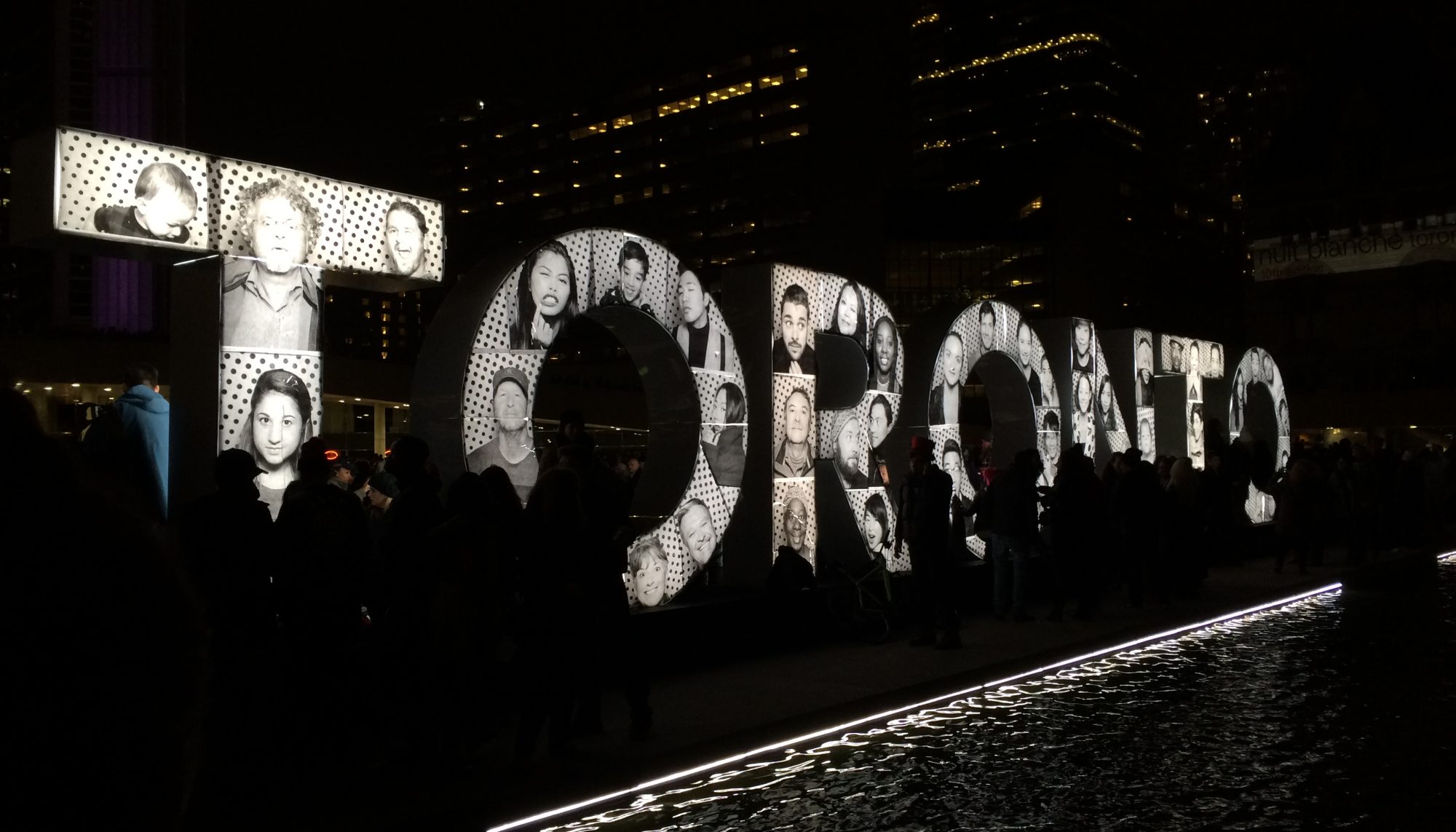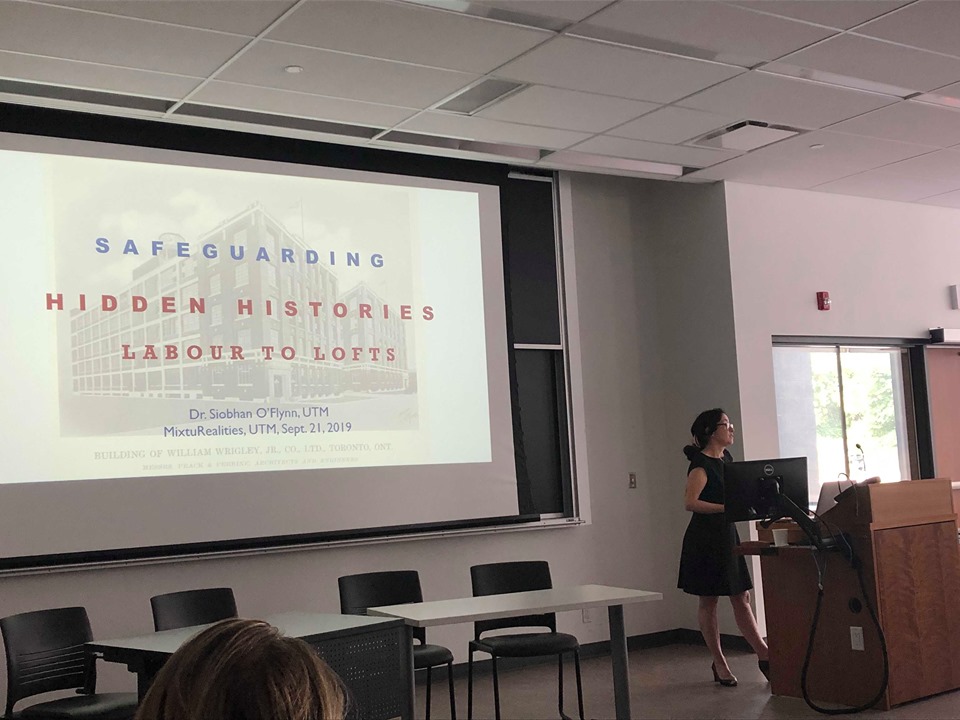I was delighted to kick-off MixtuRealities Conference at University of Toronto Mississauga, yesterday, sharing a short history of the Hidden Histories project and details of the just launched, Hidden Histories: Labour to Lofts, 2019.
Key points of insight moving forward are that the questions asked by those working cultural heritage are concerned with issues of access, audience, and sustainability. So questions of creating digital projects that are easily accessible via mobile platforms, that speak to a broader and younger audience of mobile users, and that can be supported by longer-term funding to update and renew, given rapid cycles of OS updates, and platform and device obsolescence.
The Hidden Histories uncovered in Labour to Lofts contribute to Toronto’s intangible cultural heritage by sharing short histories of the impact of key factories in the urban and community development of the city through the 19th and 20th centuries. Many of these buildings are now converted high-end condos, with listing prices far beyond the income of the employees who once worked in these buildings
Intangible cultural heritage, as UNESCO has defined it, is community-based, including living expressions of ” oral traditions, performing arts, social practices, rituals, festive events, knowledge and practices concerning nature and the universe or the knowledge and skills to produce traditional crafts.”
Safeguarding intangible cultural heritage is distinct from ‘preservation’ as this practice is actively connected by UNESCO to sustainable development. Culture, thus looks forward, as a future-oriented domain of knowledge, to borrow from Arjun Appadurai’s “The Capacity to Aspire.” A cornerstone of this series of projects is to contribute to a more detailed understanding of both the individual histories of buildings and the historical forces that have shaped our city today.
Hidden Histories: #3 will examine a new set of topics via Esri Story Maps, including a look back via historical GIS to the Rivers and Routes that shaped Toronto, and the development of the East Harbour, now the site of Sidewalk Toronto’s Quayside development proposal.
Thank you Slavica Ceperkovic for the photo!


